Many patients feel conventional medicine overlooks their emotional and cultural needs. This is why demand for complementary and alternative medicine (CAM) continues to grow. From India to Germany, individuals seek natural, spiritual, or energy-based healing alongside prescribed treatments. For example, cancer patients in Canada often turn to reiki or guided imagery during chemotherapy. In the U.S., more than one-third of adults report using some form of CAM. The growing interest reveals a shift toward patient-driven, integrative healthcare models.
Integration respects cultural heritage while prioritizing clinical safety
CAM practices often reflect centuries of cultural tradition. Chinese herbal medicine, Ayurveda from India, and Native American healing ceremonies are more than rituals—they are systems. Integrating these into hospitals doesn’t mean abandoning science. It means acknowledging diverse values and healing methods while ensuring scientific validation. For instance, Germany regulates herbal medicines under its national healthcare plan. Thailand includes traditional massage in hospital settings. Integration works when safety and culture coexist.
Complementary care enhances well-being, not just symptom relief
While modern medicine focuses on disease treatment, CAM often addresses balance, energy, and mental clarity. Acupuncture may ease chronic pain. Aromatherapy might reduce anxiety in ICU patients. Yoga has helped cardiac rehabilitation in the Netherlands. These effects are not mystical—they are measurable. Studies show improved sleep, lower stress, and higher treatment satisfaction when CAM complements standard protocols. When patients feel heard and supported, their overall healing improves.
Successful integration depends on how healthcare systems are structured
National health systems determine how much CAM can integrate. In the UK, the National Health Service funds some osteopathic treatments and acupuncture. In Australia, general practitioners refer patients to naturopaths and herbalists. In contrast, countries like the U.S. largely leave CAM access to private insurance or out-of-pocket spending. Despite financial obstacles, integrative clinics continue to emerge across continents. This structural variation shapes how CAM reaches patients.
Scientific research is expanding our understanding of traditional healing
CAM once lacked clinical support. Today, scientific institutions explore ancient therapies using modern tools. The University of Maryland Center for Integrative Medicine studies acupuncture and mindfulness for chronic conditions. In China, universities compare traditional Chinese medicine outcomes with Western standards. Israel investigates the role of herbal extracts in treating gastrointestinal disorders. Evidence is growing, especially in pain management, insomnia, and anxiety. The stronger the data, the easier integration becomes.
Training healthcare professionals to recognize and evaluate CAM is essential
Medical education often overlooks CAM, but that is changing. Harvard Medical School now offers integrative medicine courses. In India, Ayurveda is taught alongside conventional medicine. In Switzerland, physicians receive certifications in complementary therapies. This training prevents conflict between patient beliefs and provider advice. When doctors understand acupuncture or energy healing, they communicate better, manage risks, and guide patients with trust instead of judgment.
Patient safety must always lead the integration conversation
Just because a treatment is natural doesn’t mean it’s harmless. Herbs can interact with drugs. Improper acupuncture can cause infections. Even yoga, if done unsupervised, may lead to injury. That’s why integration requires regulation. Japan licenses Kampo medicine under strict guidelines. Canada monitors natural health products through its health authority. Integration isn’t simply access—it means oversight, education, and collaboration. Only then can complementary methods support—not sabotage—healing.
Global hospitals are already blending old and new therapies
Some of the world’s most advanced medical centers now incorporate traditional therapies. The Mayo Clinic in the U.S. includes massage, meditation, and acupuncture in cancer care. In India, Apollo Hospitals offer both Ayurvedic and allopathic treatment paths. Singapore’s Tan Tock Seng Hospital has an Integrative Care Centre that collaborates with traditional Chinese medicine physicians. These aren’t alternative centers—they’re mainstream institutions evolving to meet patient expectations.
Public demand continues to push integrative medicine forward
Patients are leading the charge toward integration. Surveys show consistent global interest in natural therapies. Millennials in Europe choose plant-based supplements. Middle-aged patients in the U.S. ask for chiropractic adjustments. South Korean hospitals now offer medical acupuncture within national health insurance. The message is clear: patients want treatment that reflects personal values, cultural beliefs, and whole-body care. Institutions that resist change risk becoming irrelevant.
True integration redefines how we view health itself
Integrating CAM doesn’t just add services. It reshapes the philosophy of healthcare. Healing becomes more than disease elimination—it becomes personal empowerment, emotional resilience, and preventive action. A cancer patient who receives reflexology and spiritual counseling may feel more supported than one given drugs alone. In this new paradigm, medicine honors science and spirit together. That’s what real integration means—not replacement, but respectful partnership.
